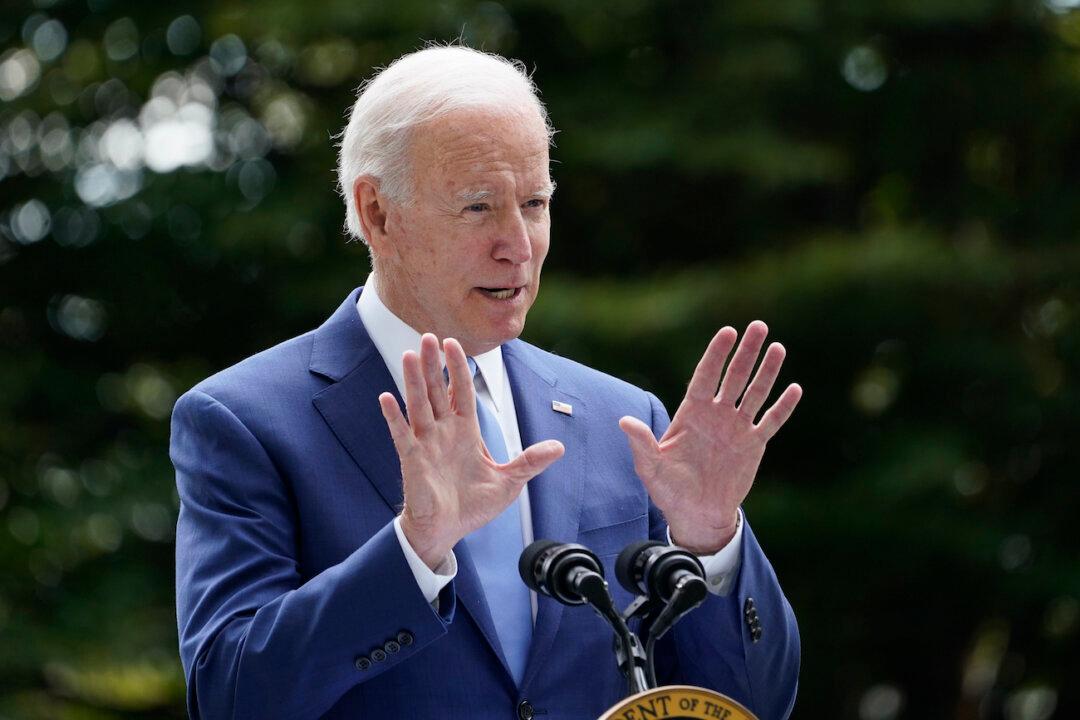President Joe Biden on Oct. 8 restored the boundaries of three national monuments that had been reduced in size under the Trump administration.
The action establishes protections for about 1.35 million acres of the Bears Ears and 1.87 million acres of the Grand Staircase-Escalante National Monuments in Utah, as well as 4,913 square miles (12,700 square kilometers) of waters and submerged land off the New England coast.




